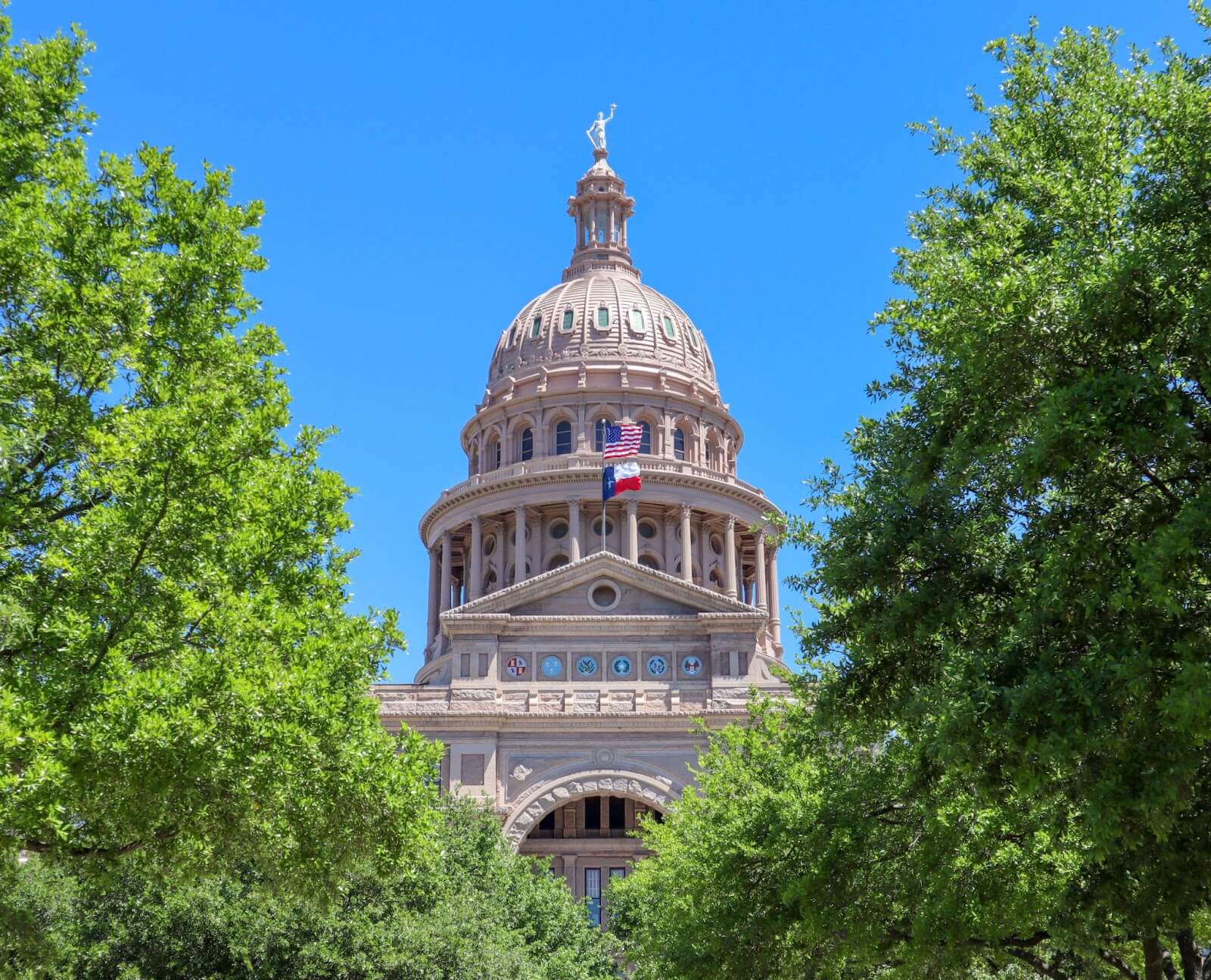The Curious Tale of Robert the Bruce’s Heart
If you’ve ever watched the Mel Gibson movie “Braveheart” then you’re familiar with Robert the Bruce, who successfully led his country in the War of Scottish Independence. Bruce was King of the Scots from 1306 to 1329. The movie is mostly about William Wallace, the Scottish outlaw who led an uprising against the English. Bruce was originally loyal to England until he had a – wait for it – change of heart - after being inspired by Wallace. The film shows Wallace’s execution for treason and ends with a postscript about Robert the Bruce winning Scotland’s freedom.
The Braveheart of the movie is Wallace, but Robert the Bruce is the man whose actual heart traveled the world - after he died - before being buried in Scotland. In this article, we trace the curious history of Robert the Bruce’s remains and investigate the circumstances of Wallace’s burial.
Who was Robert the Bruce?
Robert the Bruce, also known as Robert I, was a Scottish nobleman and warrior who lived from 1274 to 1329. Bruce is known for fighting both Edward I and Edward II of England and for uniting the Scottish Highlands and the Lowlands.
William Wallace was a real person who ignited the Scottish resistance movement following the execution of the Scottish nobleman, William de Heselrig, in 1297. Wallace's efforts and leadership inspired many Scots to join the cause for independence, including Robert the Bruce. Despite his military achievements, Wallace was eventually captured by the English in 1305 and brought to London, where he faced a trial for treason. Found guilty, he was subjected to a brutal execution.
His friend Robert the Bruce ascended to the throne of Scotland in 1306 and became the King of Scots. He played a pivotal role in leading the Scots to victory in several battles against the English, most notably at the Battle of Bannockburn in 1314. His military successes and determination eventually led to the signing of the Treaty of Edinburgh-Northampton in 1328, which recognized Scotland's sovereignty and independence. Robert the Bruce is regarded as a national hero in Scotland and his legacy continues to be celebrated in Scottish history and folklore.
What Happened to William Wallace’s Body
Mel Gibson, director of “Braveheart,” always likes a good torture scene, so William Wallace’s execution was depicted in vivid detail in “Braveheart.” Wallace was drawn and quartered and his head was displayed on a pike on London Bridge. His quartered body went to Newcastle, Berwick, Perth, and Stirling, as a warning to all Scots never to seek to rebel against England.
This may be where the story ends, but legend has it that sympathetic local monks retrieved his body in the dead of night in order to give it a Christian burial. He was supposedly buried at Cambuskenneth Abbey, which is now mostly a ruin. There is a stone on the site that has the faint markings of “WW.” Some people claim that his fourth quarter was sent to Aberdeen, not Stirling. A marker at St. Machar’s Cathedral in Old Aberdeen claims that Wallace’s fourth quarter is buried there. Unless those sites are excavated we may never really know where Wallace ended up.
Bruce’s Heart Travels to Spain and Back Again
You would think that by the time of his death, Bruce would have had enough of war, but shortly before he died, he expressed regret that he was never able to join in one of the Crusades. The Crusades were a Christian holy war to take back holy sites in the Middle East. King Robert asked his close friend Sir James Douglas to carry his heart on the next Crusade. He was in luck because King Alfonso XI of Castile was getting an army of Christians together to kick Muslims out of the Kingdom of Granada. After Robert died, Douglas placed his heart in a silver mini-casket with the intention of taking him all the way to the Holy Land. But Douglas then found himself in the thick of battle and abandoned by his mates. That was the moment when Douglas tossed Robert’s heart into the center of battle, reportedly yelling “Go first, as thou hast always done!”
Douglas was killed during battle. Somehow, someone retrieved the King’s heart, which was later interred at Melrose Abbey. Wait, this calls for a little more examination! How did Robert the Bruce’s heart wind up back in Scotland and is it really there? Read on!
Sir William Keith of Galston was one of the Scottish Knights who fought alongside Bruce in the Wars of Scottish Independence. He joined Douglas and Bruce on the Crusade, but he broke his arm before the group arrived in Teba, which was a town in Malaga, Spain. That means he didn’t fight in the fateful battle that killed both Bruce and Douglas. After the battle, Galston went to the battlefield and picked up their remains - he carried Douglas’s body and Bruce’s heart back to Scotland.
Bruce had apparently always anticipated someone would carry his heart there and back and he left specific instructions for his burial. He wanted his heart and body separated. His body was to be interred at Dunfermline Abbey, which is where the Scottish kings were all buried. However, he wanted his heart taken to Melrose Abbey.
The Discovery of Robert the Bruce’s Body
Things changed between the time Bruce was buried in 1329 and the 15th century. The biggest world event was the European Reformation, the process by which the Catholic Church split into Catholicism and Protestantism. This took about 150 years to complete. Scotland was a Catholic nation, but as its population became more educated, they became interested in Martin Luther and his modern doctrines. The Scots were still disinclined to convert to Protestantism, though. England converted because of Henry VIII’s need to have multiple wives. Scotland’s James V also had personal reasons for adopting Protestantism. He started to flirt with leaving the Catholic church in an attempt to scare the Pope into granting him tax breaks. (Rich people and their desperate need for tax breaks never go out of style!) James V died before he could decide what to do about religion. His heir was just six days old. That baby would later be known as Mary Queen of Scots. Since Mary was too young to assume the throne, Scotland devolved into chaos. Catholic France and Protestant England both had designs on Scotland, both sending marriage proposals to the infant (gross!). After decades of fighting, Elizabeth I got control of Scotland while her cousin Mary remained Catholic and was imprisoned, and Scotland became Presbyterian.
All that is a long-winded way of saying that certain Scots turned on Robert the Bruce because he was Catholic. This is ironic since Bruce was excommunicated by the Pope after he stabbed John Comyn the Red inside a church.
Bruce’s tomb at Dunfermline Abbey was destroyed during the Reformation. But in 1818, workmen were building a new parish church at the Abbey when they discovered a buried tomb. It was enormous and covered by a headstone and a six-foot tall second stone. When these stones were moved, the men found an oak coffin containing a skeleton. The coffin was clearly made for a king. The body had been wrapped in a gold shroud. The skull wore a lead crown. There were also marble fragments found in the casket. Soon historians realized they were looking at the remains of Robert the Bruce. He once purchased a marble sarcophagus that matched the marble found with the body.
The Discovery of Robert the Bruce’s Heart
In 1996, archeologists were at Melrose Abbey to excavate the floor of the Chapter House. Their goal was to learn more about the building but they got a lot more than they bargained for. They found a lead container that allegedly contained the mummified heart of Robert the Bruce.
They drilled a hole into the casket and put a fiber-optic cable into the casket to see what was inside. They found a casket-within-a-casket, which seemed to have a small lead container inside. When they opened it up they found an engraved copper plaque which read: “The enclosed leaden casket containing a heart was found beneath Chapter House floor, March 1921, by His Majesty's Office of Works.”
The investigators concluded that it was reasonable to assume this really was the remains of Bruce’s heart. This is a reasonable conclusion because as far as they knew, there was no other heart buried at Melrose Abbey. They did not disturb the casket containing the heart, but officials chose to have it reburied at Melrose Abbey, in keeping with the King’s wishes. The ceremony took place on June 22, 1998. Two days later there was a public ceremony to mark the anniversary of Bruce's victory at Bannockburn in 1314.





